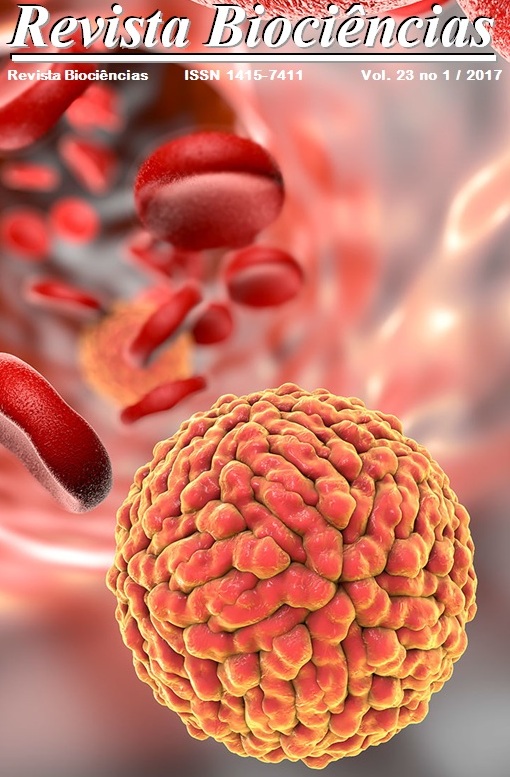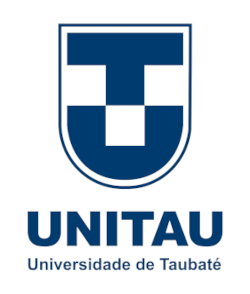Potential control of anthracnose in papaya (Carica papaya) by treatment with plant extracts
Palavras-chave:
atividade antifúngica, pós-colheita, compostos bioativosResumo
Papaya is an economically important plant for Brazil since the country is presented as one of world largest exporters of the fruit. Papaya fruits are often infected by the fungus Colletotrichum gloeosporioides, the causal agent of anthracnose, which leads to appearance of lesions in the fruit during postharvest period, resulting in decay and loss of commercial
value. In this study, it was demonstrated the in vitro fungicide potential of leaf extract from Phyllostachys aurea and Plectranthus barbatus plants on the C. gloeosporioides development. Plant extracts were added at different
concentrations (10, 50, 100 ppm) to PDA medium in Petri plates which received the fungal inoculum. As a result, the inhibition of fungal mycelial growth in both treatments at a concentration of 100 ppm as compared to control was observed. In vivo assays have shown that 100 ppm of both extracts reduced the incidence of anthracnose symptoms improving the appearance of fruits, compared to symptoms observed in untreated fruits (control). In addition plant extracts used caused no damage to the structure of the papaya seedlings. These data support the idea that plant extracts can be used as an alternative for controlling of agricultural pathogens.



